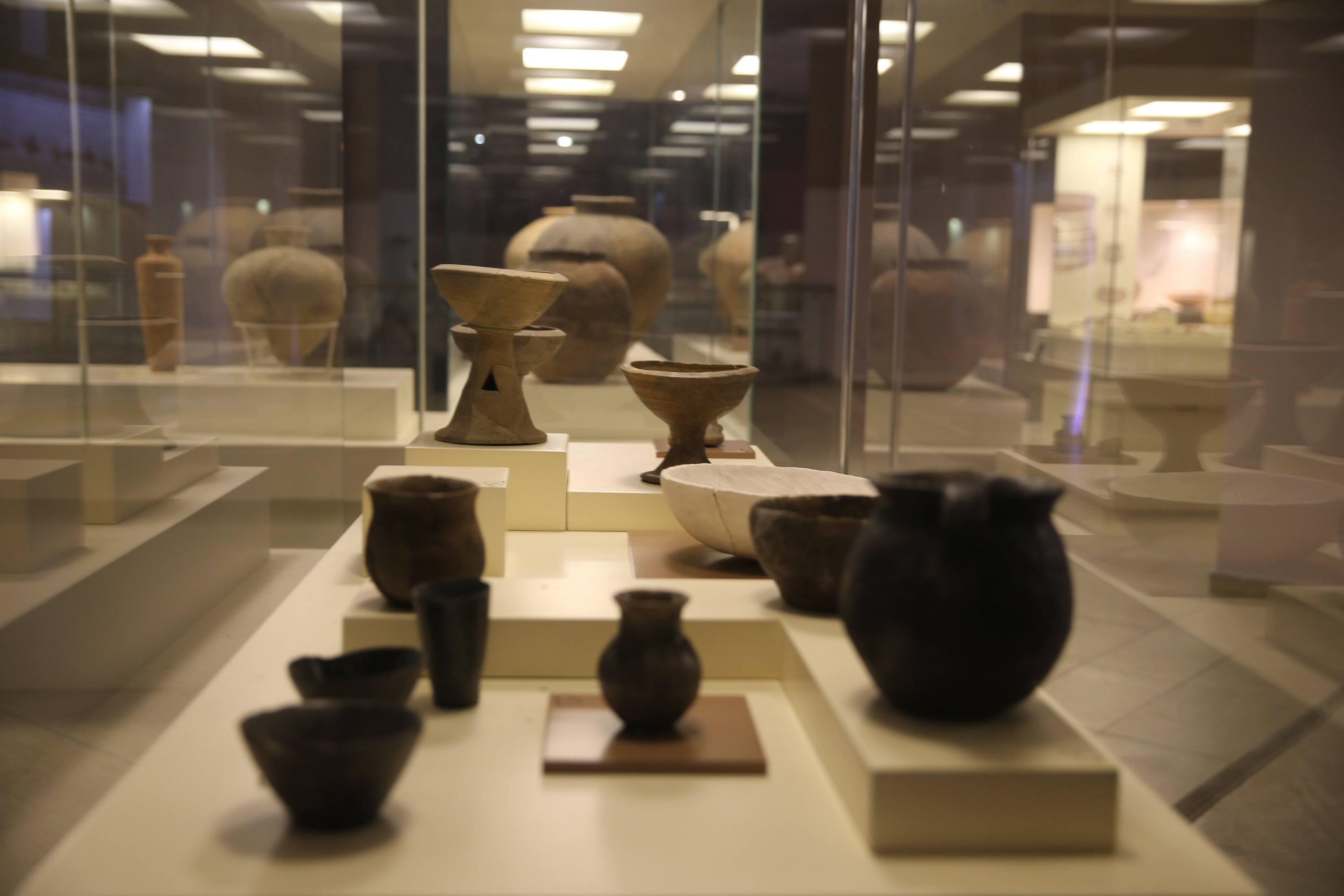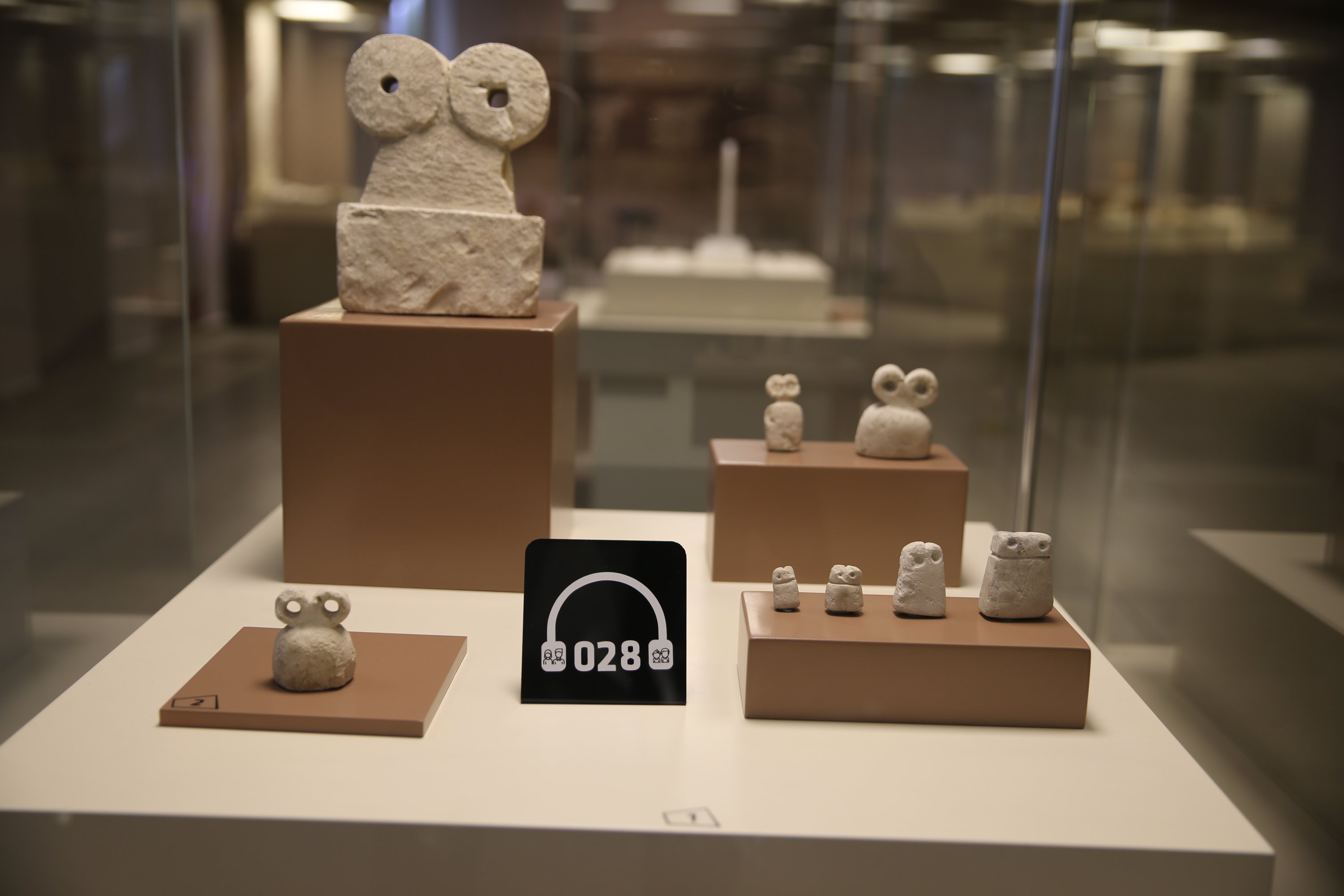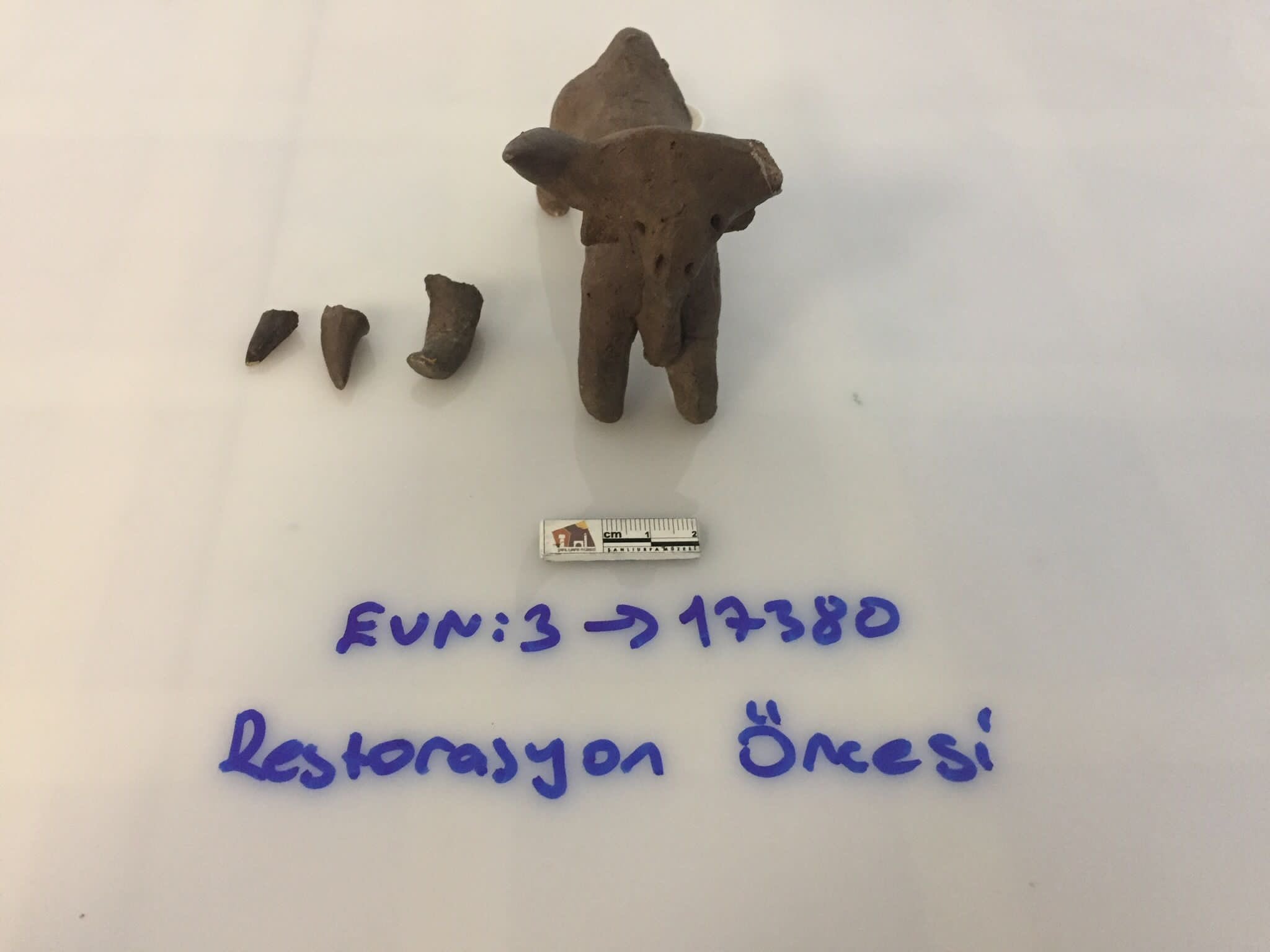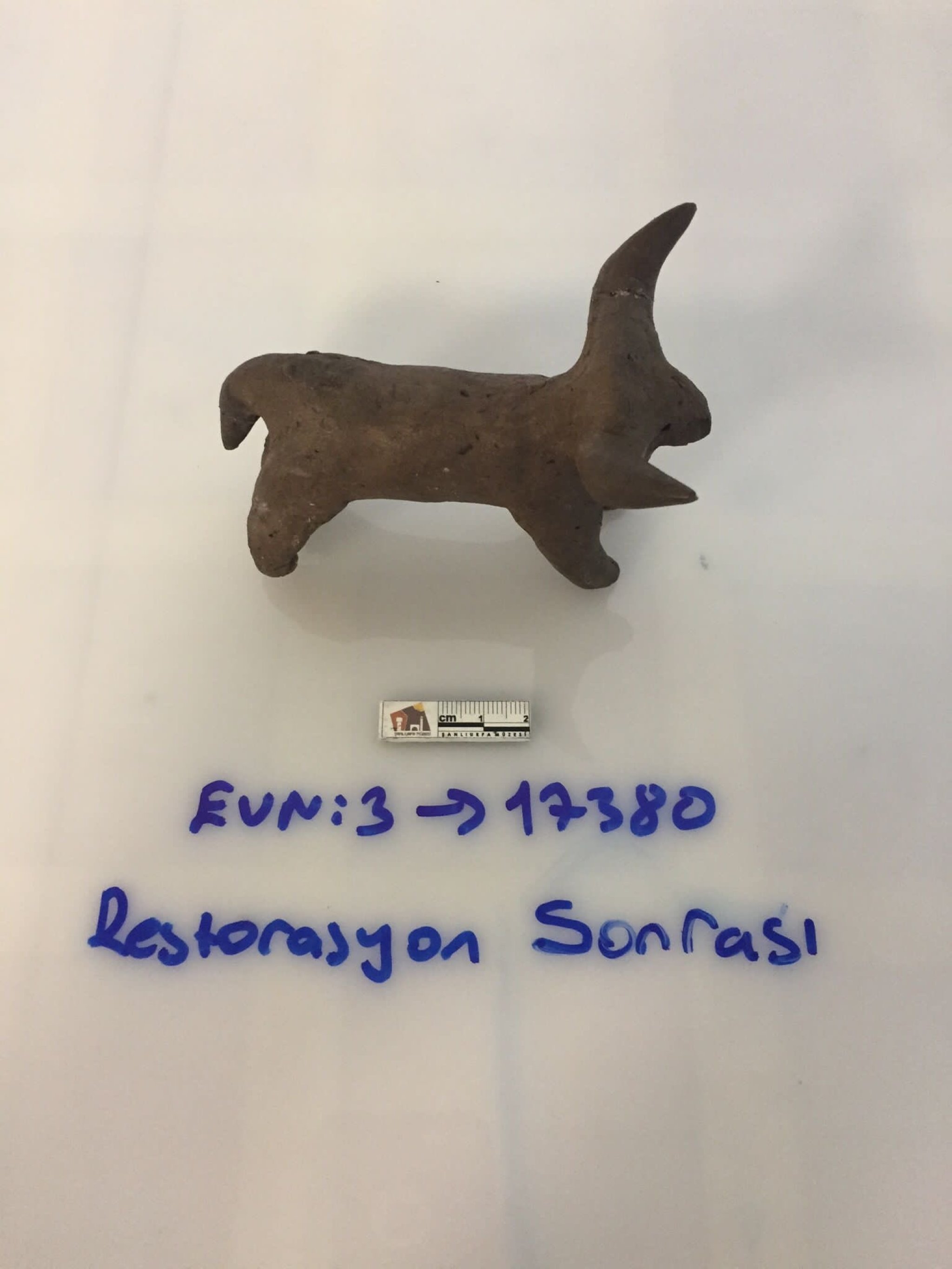© Turkuvaz Haberleşme ve Yayıncılık 2026
The 12,000-year-old Neolithic artifacts in the Şanlıurfa Archaeology Museum, one of the cities severely damaged by the Kahramanmaraş earthquakes on Feb. 6, survived intact, with only a few suffering minor damage.
Şanlıurfa Archaeology Museum director Celal Uludağ told Anadolu Agency (AA) that despite their indescribable grief, they immediately initiated the plan they had prepared beforehand as part of their earthquake procedures.
Stating that he promptly arrived at the museum after the earthquake, Uludağ said: "We started to check the building and our inventory in coordination with the security guards. During the check, we observed no damage to the building. The museum's halls and showcases are especially important to us and thankfully they were spared from the tremors. We only observed that a few of the terracotta artifacts in the showcases cracked. The restoration of these artifacts was started right after the earthquake."
Uludağ reiterated that unique artifacts unearthed during the ongoing excavations in many parts of the sites, such as Göbeklitepe and Karahantepe, which shed light on the Neolithic period and are described as "the zero point of history," are exhibited in the museum and emphasized that no damage was sustained during the earthquakes thanks to their careful selection of display methods.

Yahya Coşkun, president of the Directorate General of Cultural Assets and Museums, shared the images of a bull figurine, one of the works whose restoration was completed, on his social media account.
Stating that the restoration of the artifacts in the Şanlıurfa Archaeology Museum has been completed, Coşkun said: “One of them is the 10-centimeter-long (4-inch-long) terracotta bull figurine found in Lidar Mound in 1983. I would like to extend a heartfelt thanks to our friends and restorers at the museum.”
Upon the completion of restoration and total damage assessment, the museum will once again host visitors after permission to reopen is granted by the Ministry of Culture and Tourism.
According to Coşkun, 29 museums in the earthquake area did experience minor damage – though, fortunately, no complete destruction. He also mentioned that restoration work had already commenced for all museums.
Coşkun reported that the emergency action plan was executed successfully. "Our museums in the earthquake zone have corresponding museums located in different cities. Our colleagues knew exactly where to go when the earthquake struck. Our security personnel, museum experts and museum directors from the nearby museums promptly traveled to the affected museums the following morning. Their first priority was to safeguard the artifacts, after which they began assessing the damage. Within the first day, we completed our damage assessments for all affected museums."

Coşkun stated that, aside from a single block that was damaged at the Hatay Museum, the other museums had little to no significant physical damage. There were some instances where small patches of plaster, paint or coatings had come loose, but there were no irreplaceable losses within the museums.
"The cleaning process for our Diyarbakır Museum has been completed, and we are ready to reopen since none of our artifacts were damaged. The Hatay Archaeological Museum and Gaziantep Zeugma Mosaic Museum, which are the world's two largest mosaic museums, have not incurred any damage to their mosaics, and not a single piece has been displaced. Saint Pierre Church had some dislodged portions in the later-built surrounding wall, but there was no harm to the original historical structure," he added.

Highlighting that the restoration continues at full speed, Coşkun said: "First, we provide the necessary materials, and then our restorers start their work. Our colleagues working in (the Scientific and Technological Research Council of Türkiye) TÜBİTAK-affiliated laboratories are experts at repairing small artifacts and following international restoration standards. They have a magical touch that can restore artifacts made of various materials, such as paper, stone, metal and glass, to their original state. We expect to complete the restoration of our small artifacts in a short time."
Coşkun noted that the Ministry of Culture and Tourism has prepared a special support package that provides financial and technical support for the construction, revival, restoration or reconstruction of all registered cultural assets, regardless of their affiliation with the ministry.
Regarding the damage to the 2,000-year-old Karakuş Mound in Adıyaman, where the handshake scene between King Mithridates II and his sister Laodike was located, Coşkun confirmed that the handshake column was secured on the first day of the earthquake, and the claims of it being stolen were unfounded.

"We would never let any of our assets be stolen. Our scientific team is currently working in the field, and over 500 of our colleagues affiliated with the Directorate General of Cultural Assets and Museums are conducting detailed detection studies to ensure the protection of our cultural assets," he added.
Coşkun explained that their team has been working to document the damage caused by the earthquakes in several cities. "We have completed the process in many affected cities, and we have documented all registered cultural properties, regardless of whether they are completely destroyed or only slightly or moderately damaged. We attach an inscription to each of them, indicating that they are registered cultural properties that cannot be interfered with without permission."
He added that they are committed to saving every single piece of rubble from all registered cultural assets, emphasizing the importance of preserving stones that carry memories. "Our goal is to reuse these stones because they carry the history and memory of our ancestors," he said.
Furthermore, Coşkun pointed out that the archaeological sites and world heritage sites, such as the Göbeklitepe Archaeological Site and Mount Nemrut, were not damaged during the earthquakes.
